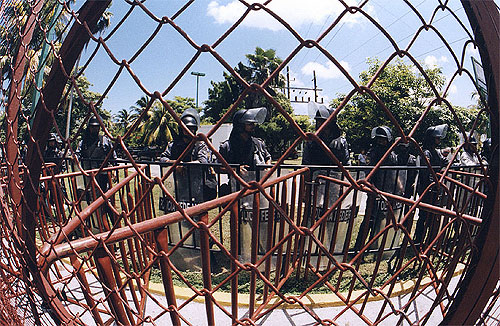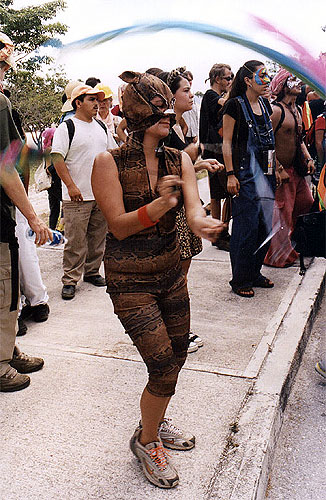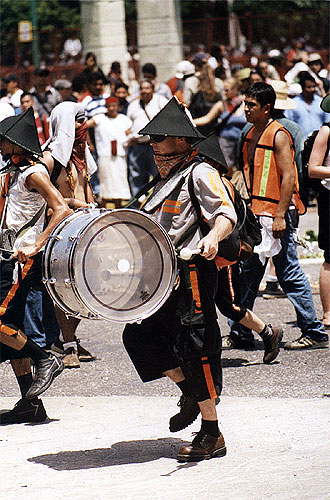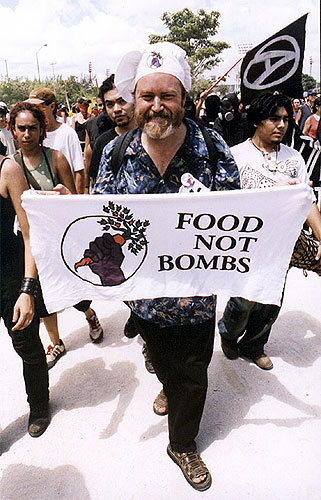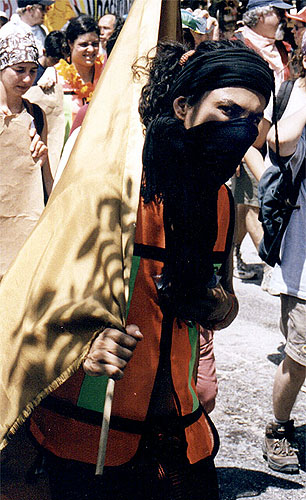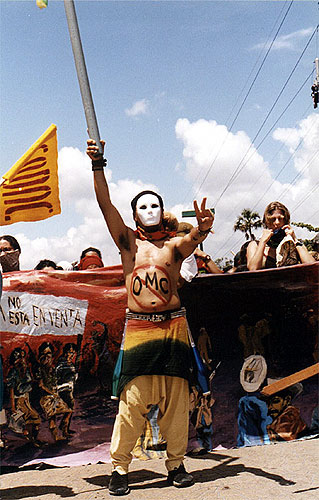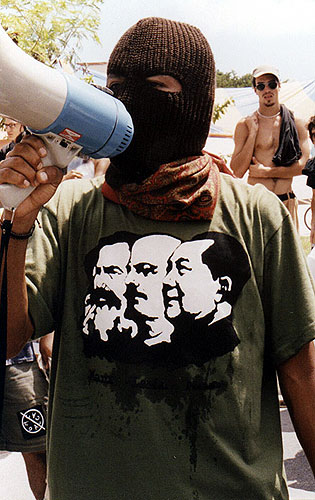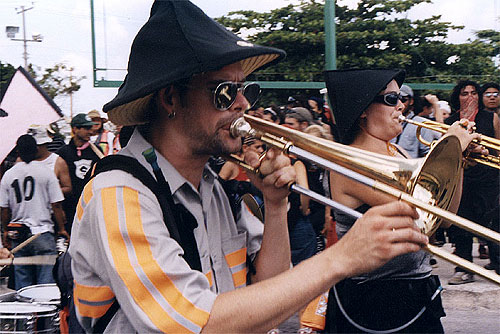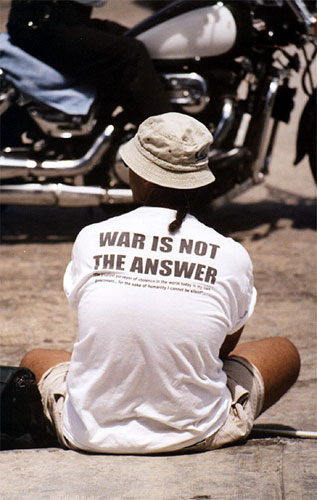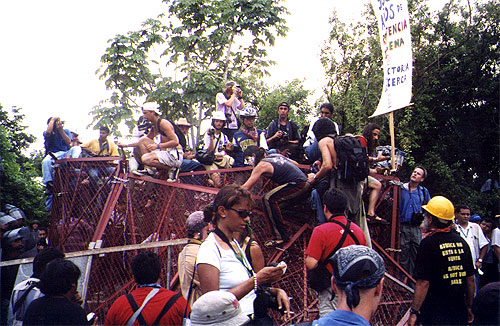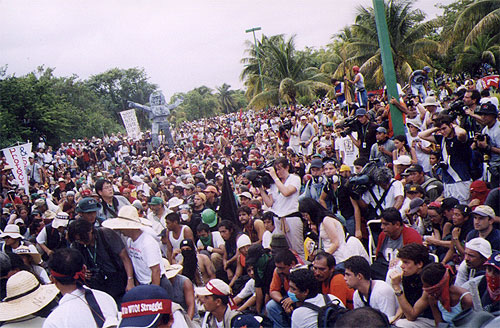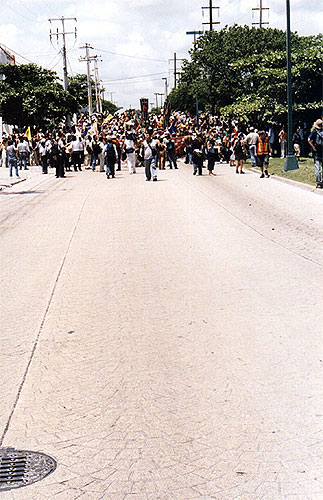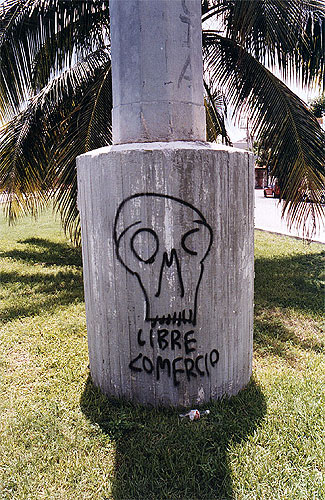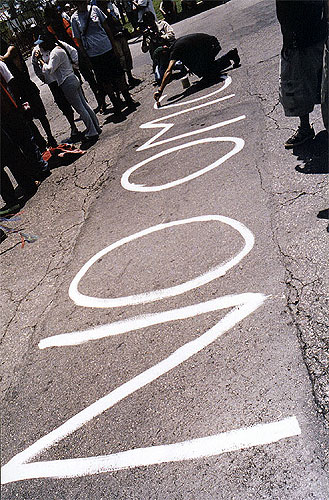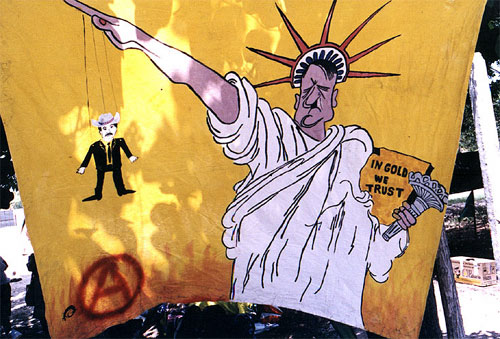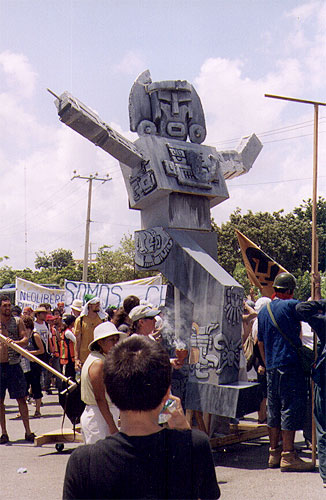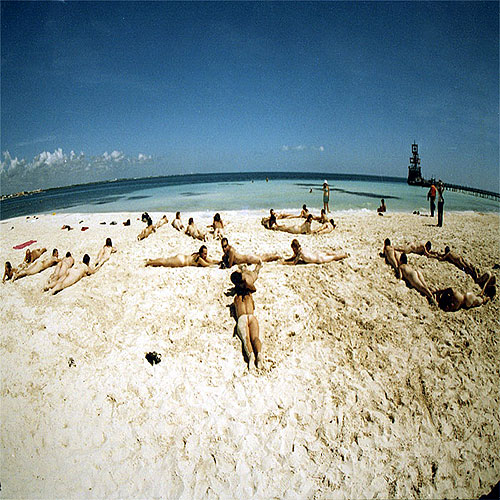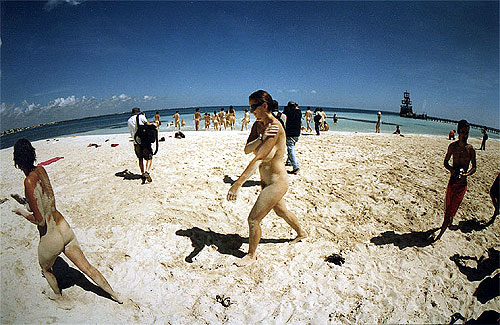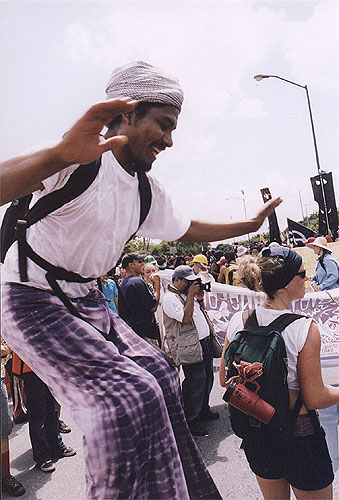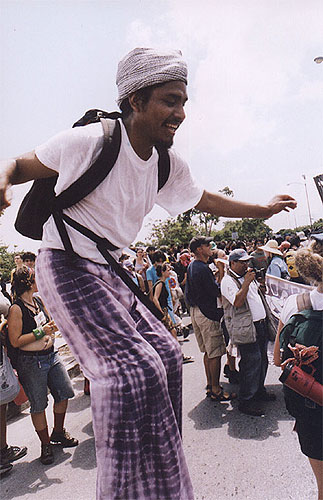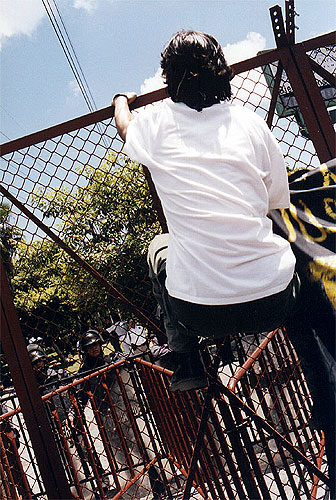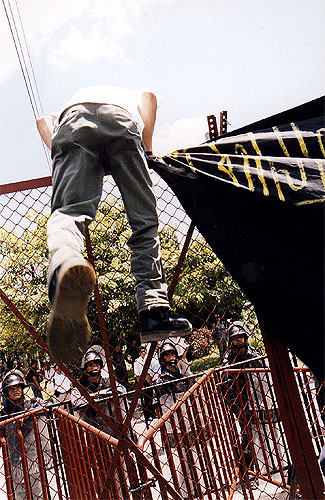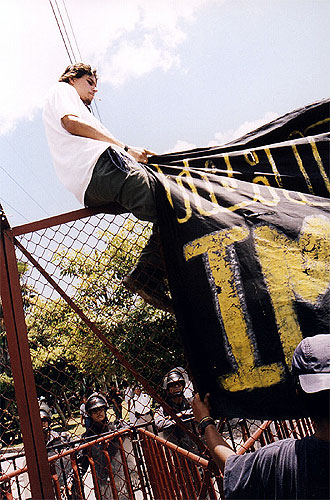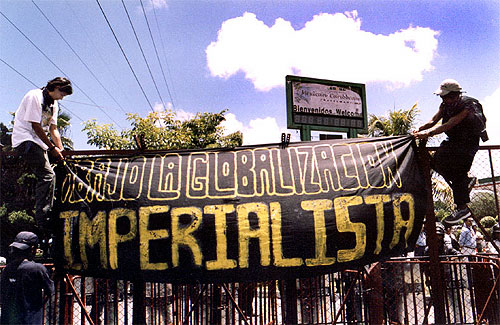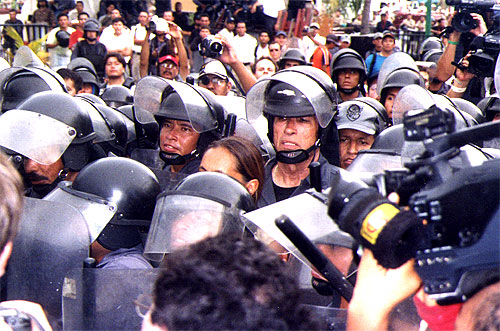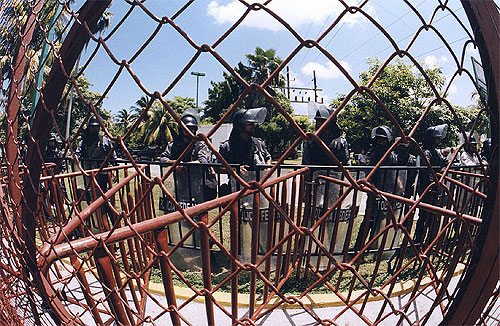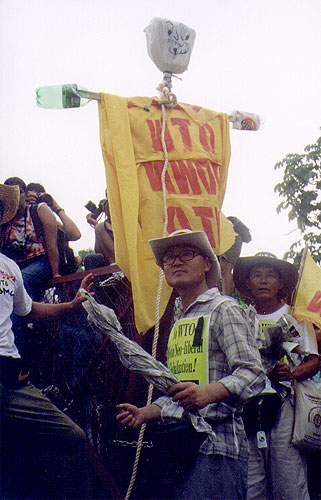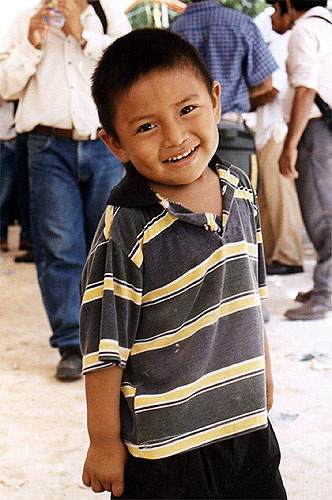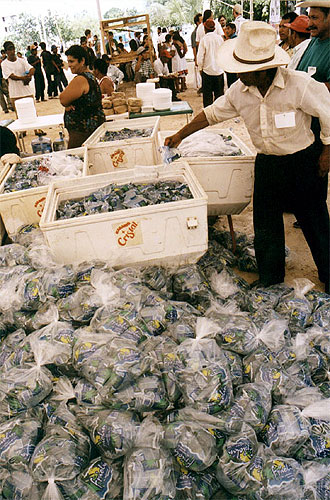Although this isn’t about the environment, it’s about human relations and is the voice of an ethnic Han who lives and works among Tibetans in China.
Chen Lu* is an owner of a Tibetan business that operates from Langmusi in a traditional Tibetan area in China. Although of Han Chinese ethnicity, Lu works and lives among ethnic Tibetans without any conflicts. The protestations by monks and government crackdown have affected Lu’s business as well as other businesses depending on tourism. These are Lu’s words about how he as well as regular Tibetans view the situation, which is different than how the western media have portrayed it:
In Langmusi, the violence was not so bad as in Lhasa. There are two monasteries in Langmusi, one belongs to Sichuan [Province] and [the other] belongs to Gansu [Province]. On 16th March, around 200 young monks from Sichuan monastery went on the street to throw stones [at] the shops. No old monks joined in. And only the monks from Sichuan monastery made this violence. The monks from Gansu monastery and the local Tibetan people hadn’t join[ed] in them.
Langmusi is very small town with only one street, so this violence only lasted for around half an hour. Later in the same day, policeman surrounded the Sichuan monastery. But the monks in Gansu monastery and all the local people’s life are still as normal. This is very important. Not like the western news [who] said the police crack[ed] down [on all] the Tibetans, they were just taking action [on] the people who violated the law. The police need[ed] to find who organized this violence and need[ed] to prevent it [from] happen[ing] again.
I asked many local people [what] they thought about the things the monks had done. Actually, they can’t understand why the monks did this very well and they don’t want to this [to] happen again.
Especially when April arrived, the local people find the number of the tourists is much less than last year, they become worr[ied] about the influence caused by the violence.
Yes, [still] today the Chinese government doesn’t allow the foreigners to go to the Tibetan area, but the Chinese people can go. But from the travel forums in China, you can see many Chinese are afraid of the situation in [the] Tibetan area, some of them will cancel their plan to travel to the Tibetan area in this year.
The Tibetans think the monks are the representation of the god. So they think they must follow what the monks request. But actually the monks are still human beings, when they get the power, some of them will become avaricious. Now some old Tibetan men have recognized that the monks are not as good as what they think. But [still] today, they still think Dalai Lama [is] their spiritual leader. But this doesn’t mean they don’t like what the Chinese governments do.
As an old Tibetan man told me, before 1949, the life for the normal Tibetans were very hard. They didn’t have their grassland and livestocks. They worked [hard] for the monks or the aristocrats [but got] very little food to survive. But after the Chinese army [got] inside the Tibetan area, [the Tibetans] first got the grassland [for] livestock, so they could control their own life.
In these decades, the Chinese governments build many roads in Tibetan area; give money or corn to them when they suffer [bad] weather; help them to build new houses, etc. And they also can believe the Buddhism, as they like.
So actually, [the Tibetans] like the religion and the Chinese government both. The very important thing is that they want to have a peaceful life; they want their living condition [to] be better and better. They don’t want violence or war [to] happen. So after this violence, 99 percent of the Tibetans when they talked about this, they don’t think it’s right and they don’t want it happen [to] again.
First my country and all the Chinese people already know the Cultural Revolution is at fault. Second, it’s already passed. When we are talking about something happening today, we should see what’s going on, but not the history. As all the western countries have done some wrong things before, but should we still use the history to talk about these countries today?
All the Chinese have seen in these decades, although there are still many problems in our government, but our life is really becoming better and better. So we have the faith for our country. We need time to build our country and we need time to make our life better than now. We want the people in other [countries to] understand us, but not censure our government and ignore what we have already done.
*name has been changed
- Follow us on Twitter: @inthefray
- Comment on stories or like us on Facebook
- Subscribe to our free email newsletter
- Send us your writing, photography, or artwork
- Republish our Creative Commons-licensed content

